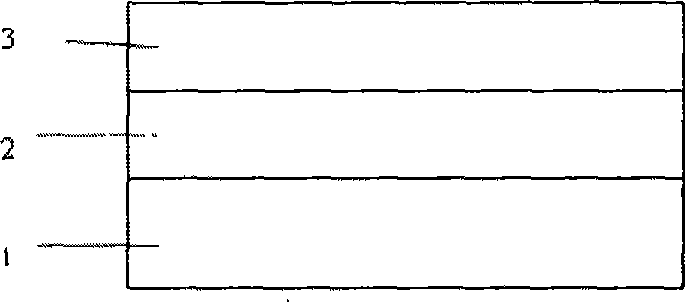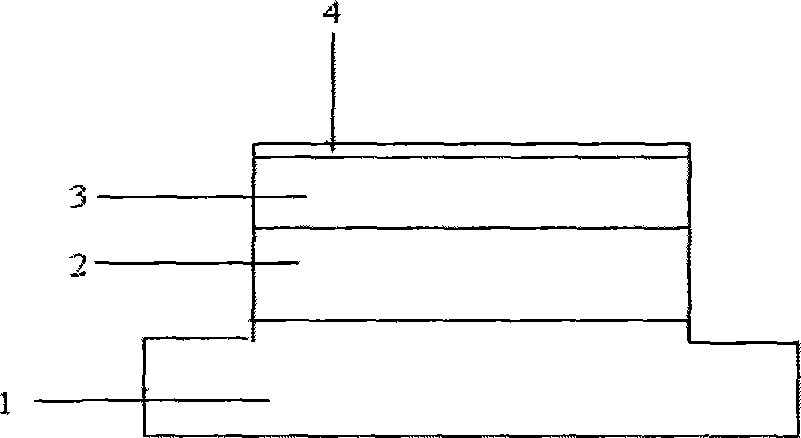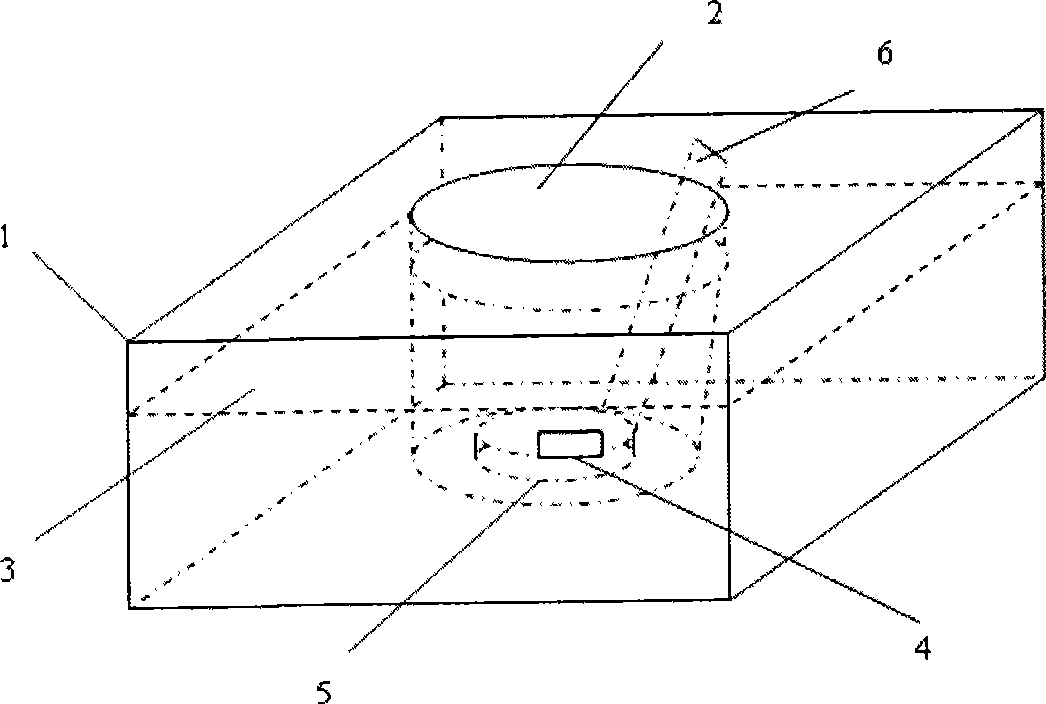Method for producing air-gap structure by selective etching aluminum arsenide using dilute hydrochloric acid
A technology of selective corrosion and aluminum arsenide, applied in the manufacture of microstructure devices, microstructure technology, microstructure devices, etc., can solve the problems of affecting the optical properties of the surface, slow etching rate, and long time required to reach the external environment The effect of small change, moderate lateral corrosion rate and easy control
- Summary
- Abstract
- Description
- Claims
- Application Information
AI Technical Summary
Problems solved by technology
Method used
Image
Examples
Embodiment Construction
[0030] In order to make the object, technical solution and advantages of the present invention clearer, the present invention will be described in further detail below in conjunction with specific embodiments and with reference to the accompanying drawings.
[0031] The present invention is a method for making an air-gap structure by selectively corroding an aluminum arsenide sacrificial layer with dilute hydrochloric acid. The key steps of this method are further described in conjunction with the accompanying drawings:
[0032] a>MBE or MOCVD growth figure 1 The epitaxial wafer shown has a gallium arsenide substrate 1 with a structure of (001), and an aluminum arsenide sacrificial layer 2 with a thickness of half a wavelength or an integer multiple thereof. A distributed Bragg reflector 3 composed of gallium arsenide and gallium aluminum arsenide alternately, the content of aluminum in gallium aluminum arsenide is less than or equal to 90%, and the logarithm of gallium arsen...
PUM
| Property | Measurement | Unit |
|---|---|---|
| thickness | aaaaa | aaaaa |
Abstract
Description
Claims
Application Information
 Login to View More
Login to View More - Generate Ideas
- Intellectual Property
- Life Sciences
- Materials
- Tech Scout
- Unparalleled Data Quality
- Higher Quality Content
- 60% Fewer Hallucinations
Browse by: Latest US Patents, China's latest patents, Technical Efficacy Thesaurus, Application Domain, Technology Topic, Popular Technical Reports.
© 2025 PatSnap. All rights reserved.Legal|Privacy policy|Modern Slavery Act Transparency Statement|Sitemap|About US| Contact US: help@patsnap.com



